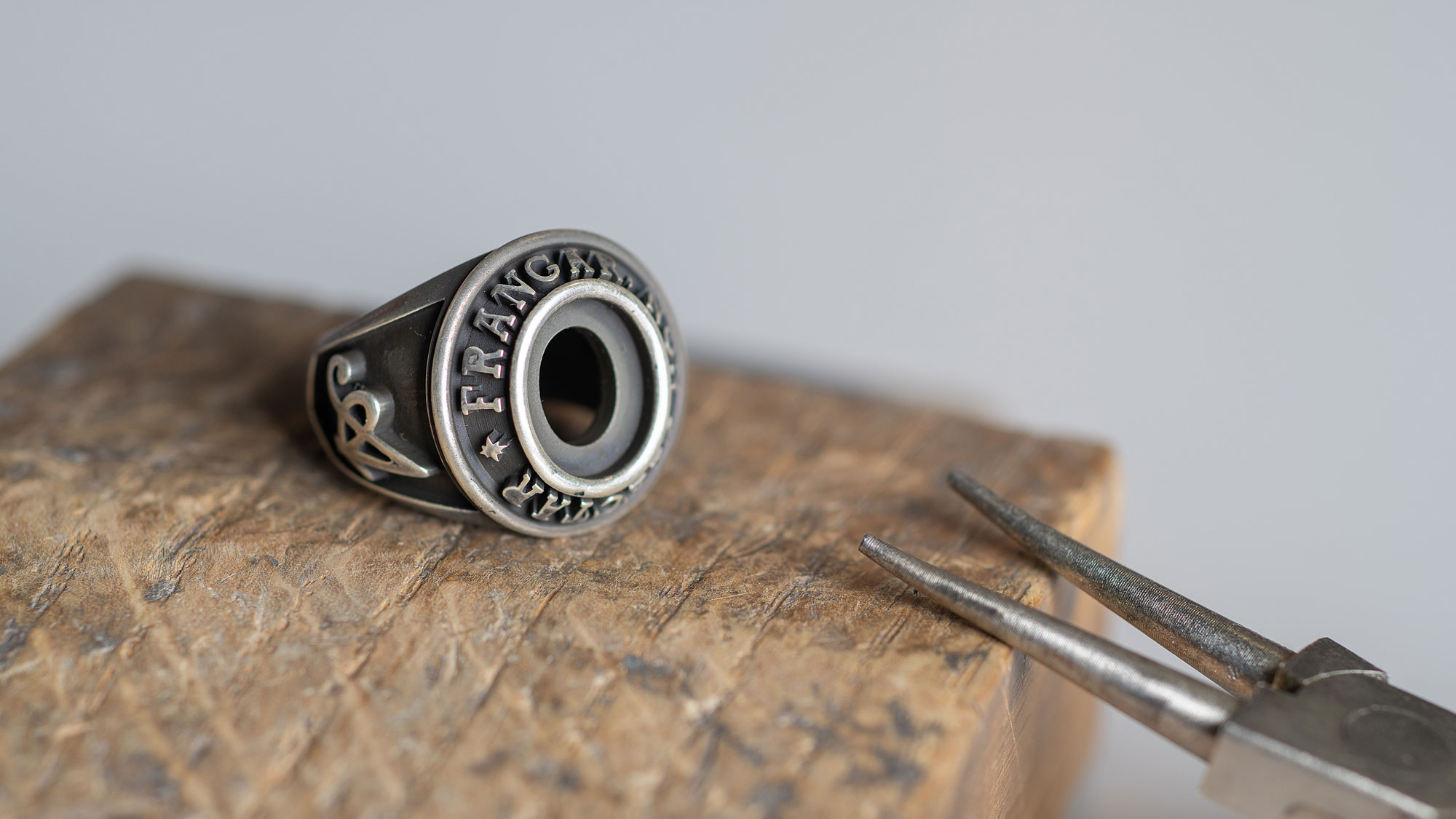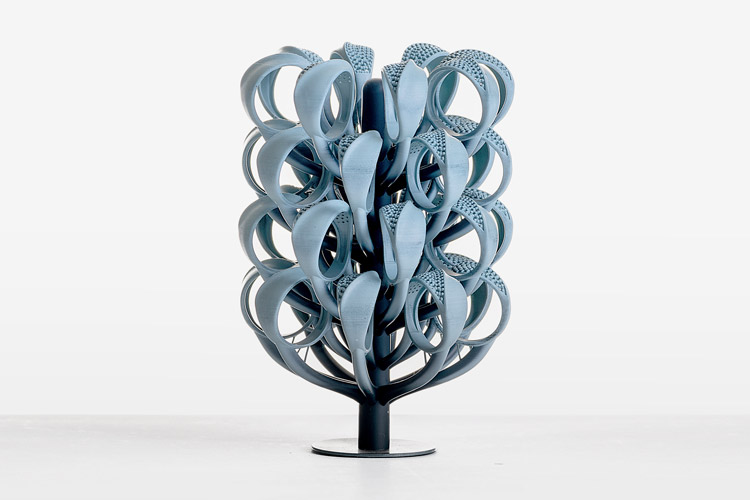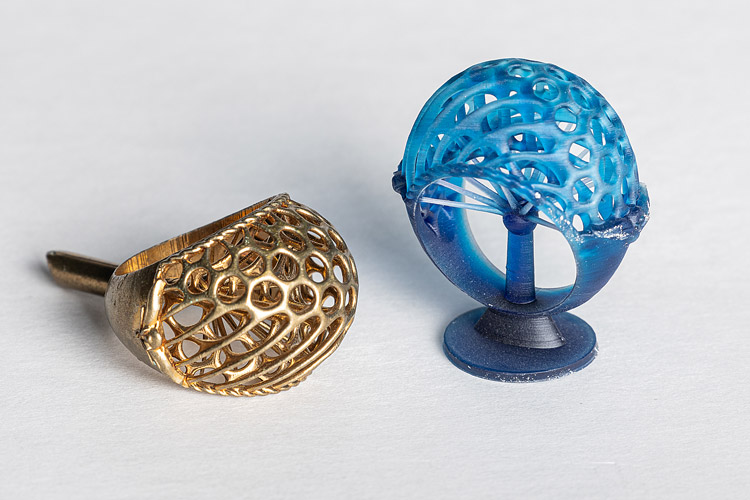Direct investment casting, also known as lost wax casting, is an ancient and widely utilized process for manufacturing both small and large metal parts. With its origins dating back over 3000 years, wax casting remains one of the simplest methods for creating metal components. However, it is crucial to note that this technique is not merely an art form, but a scientific process that requires careful attention and precision.


TREE PREPARATION
Preparation is minimal in the direct investment casting process. There's no need for boiling, days of curing, or any other esoteric rituals. Simply print, wash, dry, and proceed to casting. However, it's advisable to perform a 10-minute post-cure to ensure no uncured resin remains, especially if the last bath in clean alcohol was not used. When using X-Resins, it's important to follow the specific washing procedures.
For sprue parts, ensure they are fully dry. Similar to wax, roughen the welding zone with sandpaper, apply a drop of wax, use a micro welder for a few seconds, and attach the wax sprue to assemble the tree. Remember to position engravings facing upwards and avoid complicated spruering that may cause turbulence. Unlike competitor solutions, our resin melts instead of burning. The optimal sprue configuration is one that facilitates resin melting and flow.
Just as with wax patterns, the best sprue positioning varies based on part geometry. Thicker parts should be placed at the bottom, while thinner parts go on top of the tree. It's good practice to maintain a 1 cm gap between the printed parts and the flask border. Adding more investment in the gaps between parts helps resist thermal expansion and prevents investment cracks.
To improve casting quality, use generous sprues to facilitate the exit of gases, especially if your oven is not ventilated.
There is no need for protective sprays or dipping coats as the surface tension of X-Resins is appropriate and there is no resin/investment reaction or interaction. Always use flasks with holes, even if you are using a closed system. The holes allow gases to exit during the sublimation phase.
INVESTMENT AND INVESTING PROCEDURE

While we have tested various commercially available investments with good results, we have found that Optima Prestige by Certus and PlasiCast by R&R provide the best detail and surface quality. These investments are forgiving of small errors that may occur during flask preparation. However, following instructions will yield good results with any gypsum-bonded investment.
When mixing the investment, never use sink water as it contains chloride and minerals. Only use distilled water. Adjusting the water-to-powder ratio will affect the investment's hardness and properties. Lowering the water content will result in harder, more brittle investment, making it difficult for gases to escape and potentially causing cracks. Conversely, increasing the water content will yield softer investment with rougher surfaces and loss of details.
Both the temperature of the water and powder will impact investment quality and pot life. Store the water in the refrigerator and keep the powder in the coldest place available. Gypsum hardening is an exothermic reaction, and supplying more heat will accelerate hardening, potentially leading to cracks and reduced investment resistance.
Respect the recommended mixing time and, if using a manual mixer, use the slowest speed available to avoid introducing air into the mixture. Air can expedite the hardening process, leading to casting issues.
Avoid using boric acid with our castable resins, as it adds strength to the investment, making it difficult to devest and causing excessive closure of pores, resulting in cracks.
Follow the manufacturer's instructions for mixing the investment. Mix slowly until the powder is completely wet. Pour the investment down the side of the flask, avoiding the pattern tree to prevent trapping bubbles. Using a vacuum chamber, extract any bubbles from the flask. Allow the investment to harden and dry. Be cautious with the vacuum, as it can make the investment fragile, especially if patterns have engravings.
While a minimum of 2 hours is generally recommended, we strongly suggest a curing time/rest of 4 to 6 hours, especially if there are positive/negative engravings.
BURNOUT
Our castable resins are compatible with all burnouts, although our preferred one is as follows:
| 1 | 2 | 3 | 4 | Down to casting temp | |
|---|---|---|---|---|---|
| Celsius degrees | 0 - 150°C | 150°C - 3 hrs | 150°C - 700°C | 700°C - 3 hrs | Ramps 8 deg / min |
| Fahrenheit degrees | 0 - 300°F | 300°F - 3 hrs | 300°F - 1290°F | 1290°F - 3 hrs | Ramps 14.4 deg / min |
This burnout cycle is suitable for a flask diameter of 100 mm. Adjust the ramp rate and hold times based on part geometry, total volume, and flask size. Modify the final hold temperature based on the casting temperature of the metal.
The ultra-fast burnout (2 hrs at 700°C) has been validated for X-One and X-Filigree V2 only. If using other BlueCast castable resins, adhere to the standard burnout schedule (fast burnout is possible for X5 and X10).
After completing the burnout, it is recommended to gradually decrease the temperature to the casting temperature to avoid cracks caused by differential thermal expansion between the flask and investment. The melting point varies depending on the metal and alloy being cast. Please refer to the supplier's Technical Data Sheet (TDS).
If the oven is not ventilated, flip the flask upside down while waiting for the temperature to stabilize before casting. This will assist in the release of gases.
CASTING ISSUES
Causes and Solutions
BAD CASTING SURFACES
The main cause of the orange skin issue is the temperature of the flask and/or alloy during casting. If the temperatures are too high, the investment calcium sulfate can release gas, resulting in the orange skin problem. Another reason could be a reaction between the printed parts and the investment, especially if the last bath in clean alcohol was not used.
SUGGESTION: Check the casting temperatures and consider reducing them. Additionally, try using a different alcohol for the final step or spray fresh alcohol over the patterns before drying them.
INVESTMENT CRACKS
The primary reason for investment cracks is incorrect preparation. This can occur when the water-to-powder ratio is incorrect, the mixing time is too long, tap water is used, or when the investment is expired. Another reason could be having very small gaps between the patterns or between the patterns and the flask limits.
SUGGESTION: Always use distilled water and, before starting the operation, prepare the required water and investment quantities according to the supplier's recommendations, using a scale. Monitor your mixing time using a timer and ensure there is a 1 cm gap between the patterns and the flask limits.
FILLED ENGRAVINGS
One of the most common casting issues is filled engravings. First, check the proportions of depth and width. Texts should never be deeper than they are wide. If the text is not too deep, you can let the flask rest for a longer time to make the investment harder or reduce the water quantity by 1 or 2%. We do not recommend using Boric Acid with our resins.
METAL INCLUSIONS
Incomplete sprue welding can cause investment debris to dislodge and spread when the metal is poured. Also, make sure to use clean rubber cups. This issue is easy to recognize because the holes are not round but have geometric shapes.
INCOMPLETED PARTS OR HOLES
Low metal temperature and inadequate spruing are the main causes of incomplete castings. For spin and vacuum casting systems, proper tree layout is crucial. In the case of complex wax roads, the metal may not flow everywhere and reach the desired areas. For double-stage casting machines (vacuum/pressure), it is essential to examine the vacuum pump and gas pressure.
SUGGESTION: Check the alloy temperature and arrange the tree in a configuration suitable for the designs you are casting. Inspect all the components of your casting equipment.
